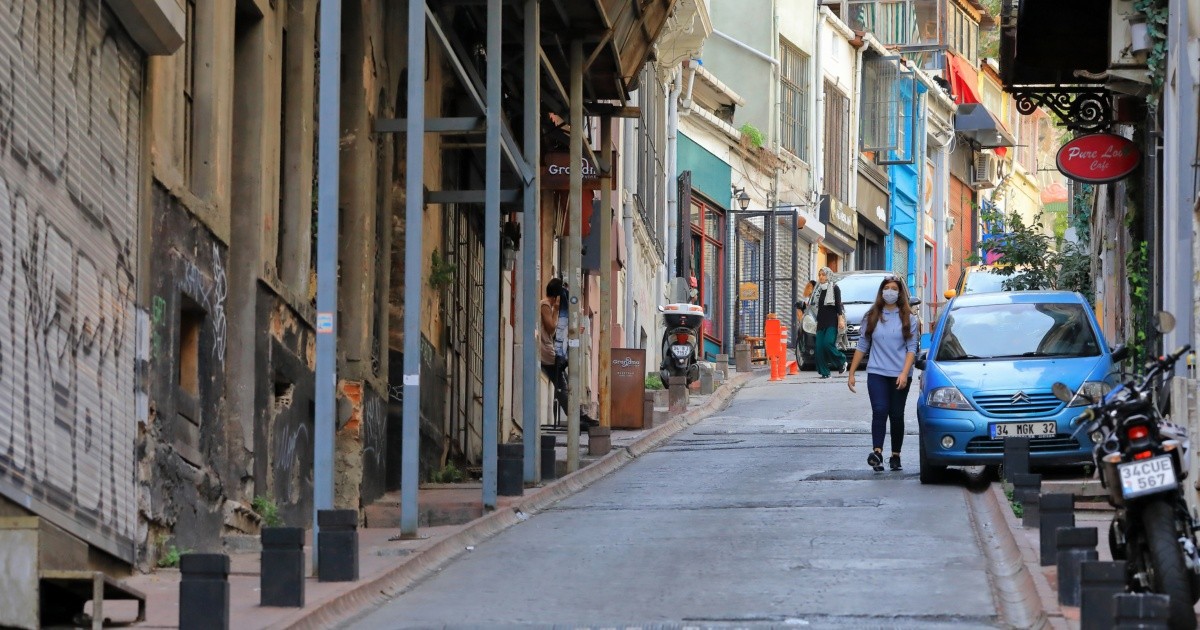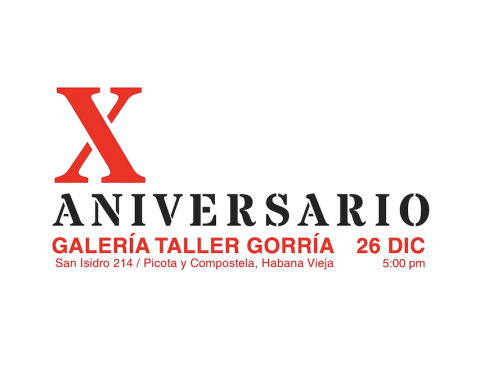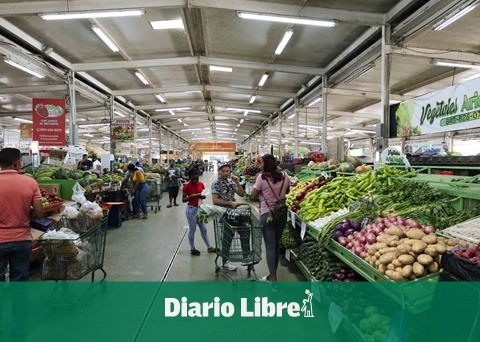There are many people who have ever experienced fear or stress on the street. Also those who go out to relax or disconnect from their domestic or work lives. The space is the same, but the experiences are clearly different. Thus, despite the fact that the street is an important space in our lives, we hardly know why it generates positive emotions for some people and negative emotions for others.
Many municipalities have invested significant amounts of money to “clean up” “improve” or “modernize” their streets, squares or parks. It generally consists of changing the urbanization, increasing street furniture or adding vegetation. But, in reality, they are merely formal interventions: the extent to which they improve the emotions that people experience in public spaces has not been studied. So, are these measures really effective?
identify emotions
Emotions have traditionally been identified from different types of surveys. This approach has some problems; mainly, that people, consciously or unconsciously, lie. He does not remember, he does not want to admit that something scares him or he does not fill out the questionnaire correctly.
A new method was needed. And that has been possible in recent years thanks to the miniaturization (and cheaper) of some medical devices. Now people can move down the street with instruments that measure their emotions.
One indicator is the heart rate. When we say that someone has a heart rate of 60 beats per minute, we could deduce that the time between beats is one second. But actually, during those 60 seconds the frequency is altered to accommodate the changes the person is experiencing. Measuring these variations makes it possible to identify changes in the emotions experienced.
And how can we detect them? For example, with instruments such as sports heart bands, capable of measuring the intervals between beats. If this information is located at a specific point –for example, with the GPS of the mobile– we can know in which places there have been alterations in the heartbeat and look for possible causes.
Different reactions depending on gender
Heart rate changes reveal some important differences in how different groups of people experience public space. For example, they make it possible to identify changes in the perception of space according to gender.
In one of the first tests carried out to identify these changes, which took place in the historic center of Lleida (Spain), the results have shown that women experience a degree of stress 17.34% higher than men during the entire journey. In addition, 20.51% of female participants rated some of the spaces visited as “unpleasant”, compared to 8.6% of males. Likewise, significant differences were identified in the spaces that generated these emotions.
Women tend to have higher levels of stress in narrow pedestrian streets, especially if there are other people or parked vehicles that create spaces with poor visibility. On the other hand, men are more stressed by parks and gardens and commercial streets with a high presence of people.
A curious situation is observed precisely in parks and gardens. These places produce a feeling of well-being in women, while in men the majority feeling is stress. An example of how the same site can be perceived differently by various groups.
It is also important to point out that, when identifying the emotions experienced throughout the journey, women express fear and sadness more easily than men. Instead, these tend more to externalize joy and anger.
You have to plan the city thinking about emotions
With the covid-19 pandemic, an increase in anxiety and fear of going outside could be observed. Knowing the origin of these emotions allows us to know the causes of this situation and generate a design of public spaces that incorporates criteria related to the well-being and mental health of the population.
Small microspaces that we see every day, such as zebra crossings, narrow sidewalks or parked cars, can be directly related to whether we feel good or bad in public places. Thinking about them properly is essential to generate friendly spaces for the population.
Daniel Paul AgustiGeography teacher, University of Lleida and Montserrat Guerrero LladósProfessor of Geographic Information Systems and Cartography, University of Lleida
This article was originally published on The Conversation. read the original.

















